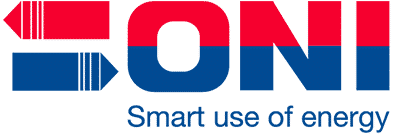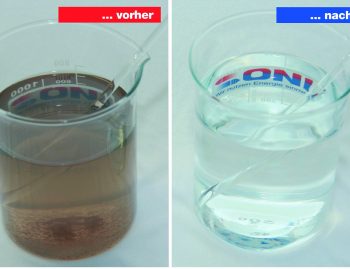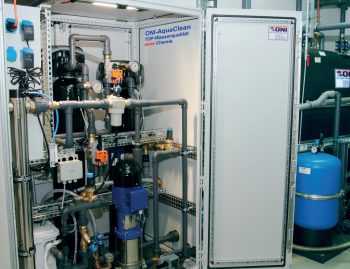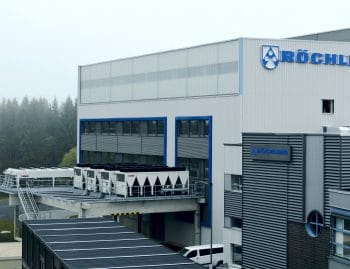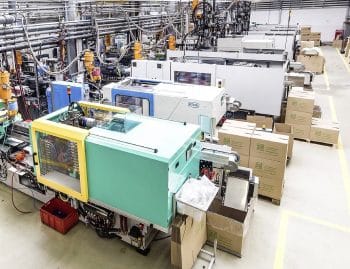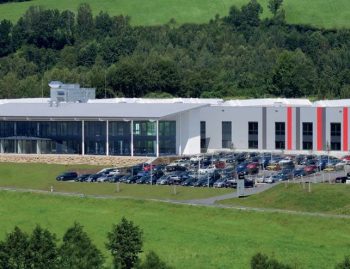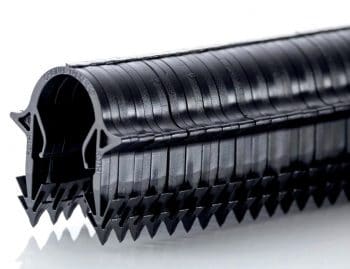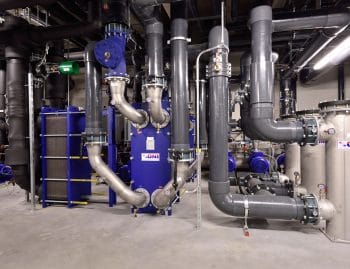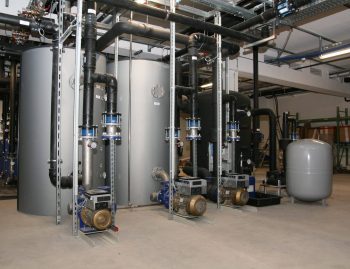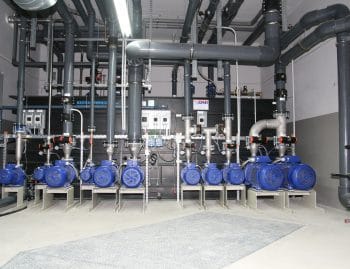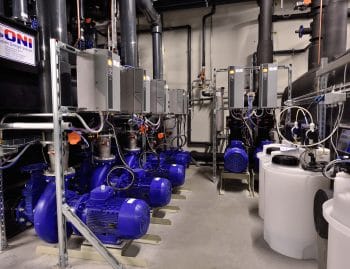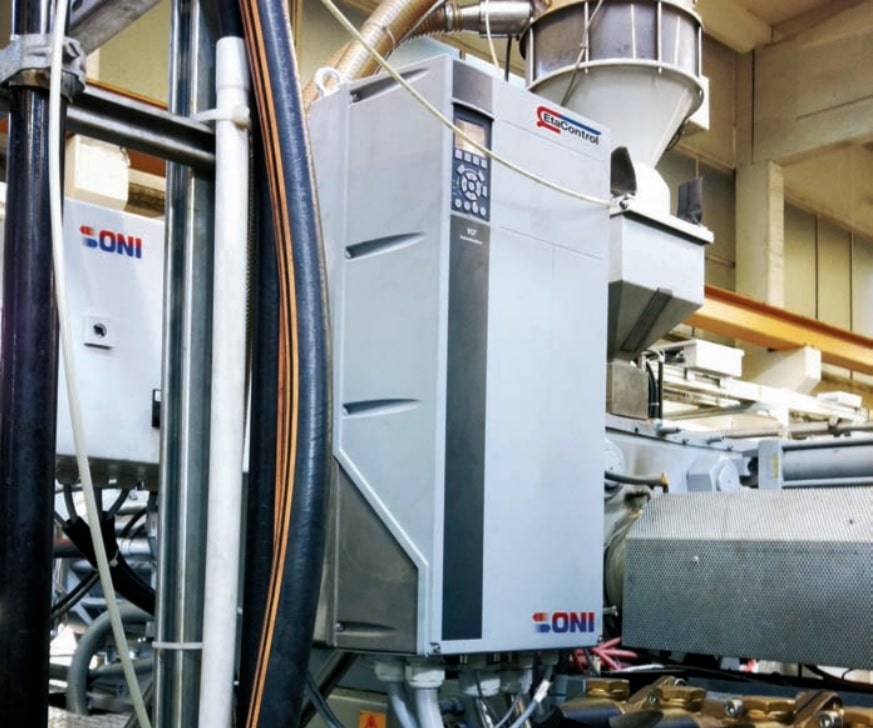
Continuous further development is a fundamental driving force of mankind. Speed and intensity, however, are factors that - depending on personal initiative or compulsion - determine pleasure or frustration.
The future-oriented variant that is good for everyone involved is probably the further development resulting from a positive attitude. Derived from this, the art for the technically oriented sector is to be carried by the wave of innovation and not to be driven! In the energy optimisation segment, one or the other company has succeeded in mastering exactly this art. Over the years, this has resulted in a series of developments that contribute to significantly improving resource efficiency and at the same time strengthening the competitiveness of companies.
About 30 years ago, Wolfgang Oehm launched the efficiency movement in the plastics industry with the development of the world's first heat recovery system for plastics machinery. At the outset, however, the issue of improving efficiency has been turning into a broad-based wave of systems technology in recent years. The main acceleration factor was and still is the energy price screw. This wave has affected a wide variety of sectors. The result is a large number of new and, above all, further developments. Innovations have thus been developed in abundance, but the comprehensive practical introduction does not keep pace with the speed of development. One could currently speak of a certain implementation backlog. In addition, the step size in the areas is shorter, while the area to be worked has become wider.
In addition to the development activities in the sector of new machines and plants, the inventory of existing machines and plants has been discovered as a field of activity for optimization measures. This is certainly a very worthwhile area, as the number of new machines and systems in operation is many times greater than the number of new ones. The example of machine optimization using EtaControl® technology shows that the results to be achieved here, for example in terms of energy optimization through the use of advanced technology, are very high. This technology is aimed at hydraulic plastic injection moulding machines with a clamping force of more than 2000 kilonewtons, which are more than five years old and are used for the production of technical parts. These machines often have a relatively high specific energy consumption. At the heart of this technology is a controlled oil flow management system that automatically adapts to the energy requirements of the machine in the cycle sequence and the respective molded part. In a wide range of field applications, with a wide variety of mouldings and machines, power consumption reductions of up to 53 percent were achieved on injection moulding machines. On average, the more than 400 machines equipped with this technology to date have achieved an average power saving rate of 36 percent while maintaining the same cycle time and product quality!
The "EtaControl®" technology is based on a frequency control newly developed by ONI, which is based on the existing control of the injection moulding machine. It does not interfere with the existing machine control, but works autonomously. As control parameters, process information such as signals from potential-free contacts to the cycle, currents from the proportional valves and analog pump signals from the machine are tapped. In addition to the high power savings, the main advantage of this technology is that the performance of the injection moulding machine is not restricted, i.e. 100 percent of it remains the same. The "EtaControl®" performance adjustment function can be easily switched on or off by means of a key switch while maintaining the machine parameters and cycle times. Further advantages from this technology are a considerably reduced connected load and thus relief of the transformer station, a relief of the cooling system technology, which results in a reduction of the power consumption, as well as a massive reduction of the noise development, whereby a not to be underestimated contribution to humanization at the workplace is made. This example clearly shows that a lot can also be done in the area of old stock.
Optimisation potentials and fields of application for modernising technologies therefore exist in abundance in the existing and, of course, in the area of new machines and plants. Accordingly, many development areas need to be filled with innovations. Expectations are only often too high! Further, faster, higher, yes, but in steps that can also be processed by the users! In between, healthy consolidation phases are needed to gain experience with developments and to improve details. On the other hand, there is the excessive development speed, if possible with product lines running in parallel, and the user experiences confusion instead of enthusiasm. A healthy mixture of dynamic but not overshooting innovation forces and curious users interested in innovation is needed. In this case, the players maintain a balance on the innovation wave that is attractive and beneficial for all participants.
